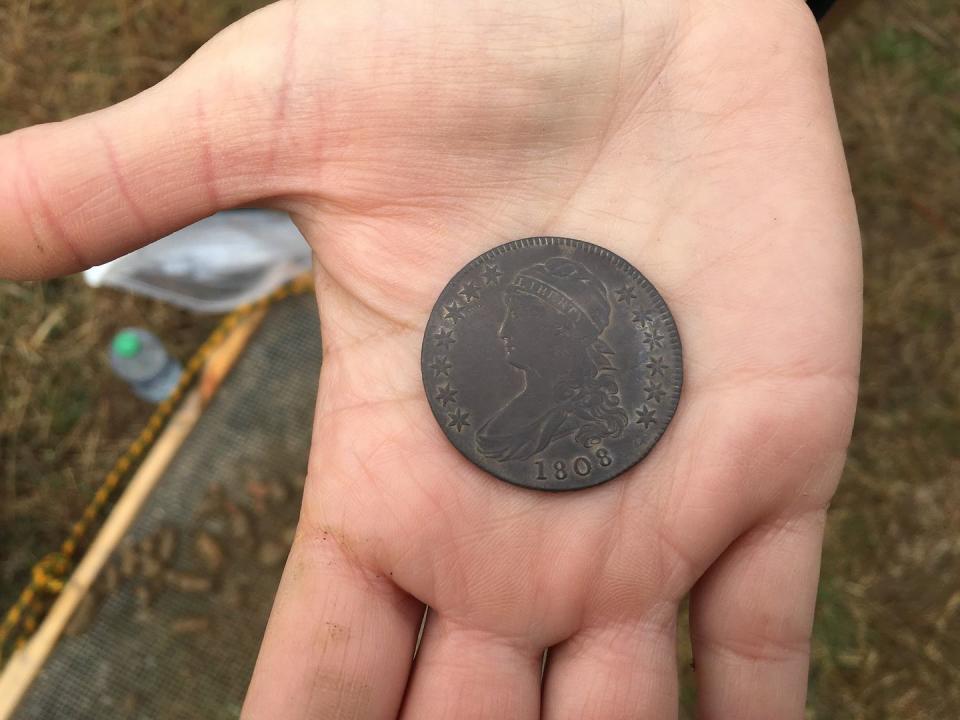Archaeologists Found the Home of Harriet Tubman's Father and It's Filled With Artifacts From the 1800s
Archaeologists believe they have found the Maryland home of Ben Ross, the father of famous abolitionist and Underground Railroad leader, Harriet Tubman. Maryland's Lieutenant Governor Boyd K. Rutherford announced the good news this week outside the Harriet Tubman Underground Railroad Visitor Center, according to a news release.
The home was discovered on a 2,600-acre property located in Peter's Neck, which the U.S. Fish and Wildlife Service (USFWS) had acquired in 2020. In November, an archaeology team began searching the land for "Ben's Ten," the 10 acres of property once owned by Ross. As explained in the release, he was enslaved on the land by a man named Anthony Thompson. In the early 1840's, after Thompson died, Ross was believed to have been set free and also given the land, per Thompson's will.
This past March, the archaeology team hit gold as they discovered numerous artifacts dating back to the 1800s, such as nails, brick, glass, dish fragments, a button, and even a coin from 1808.

Chief Archaeologist Dr. Julie Schablitsky explains how monumental this discovery is in terms of learning more about Tubman: "She would’ve spent time here as a child, but also she would’ve come back and been living here with her father in her teenage years, working alongside him." Schablitsky continues to explain that she believes that Tubman learned how to navigate and survive in the wetlands and woods from this home — skills she would later apply as she began moving people to freedom.
Tubman was born Araminta Ross in March 1822, on the farm of Anthony Thompson. By the time she was toddler, she and her mother had been moved away to work for the Brodess family, while her father continued to work on Thompson's farm. It is believed that Tubman still visited her father as a teen to help him with his timber selling business. The timber Ross sold was transported by mariners to build ships in Baltimore. Interactions Tubman may have had with the mariners may have helped her learn more about the East Coast waterways.
The homesite of Ross will officially become part of the Harriet Tubman Underground Railroad Byway. This 125-mile, self-guided scenic drive includes more than 30 sites related to Tubman’s life and legacy.
Follow House Beautiful on Instagram.
You Might Also Like